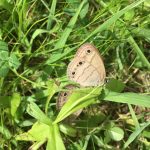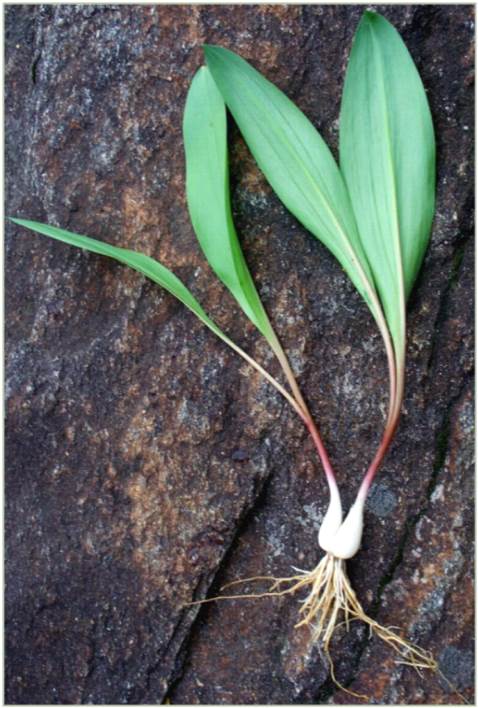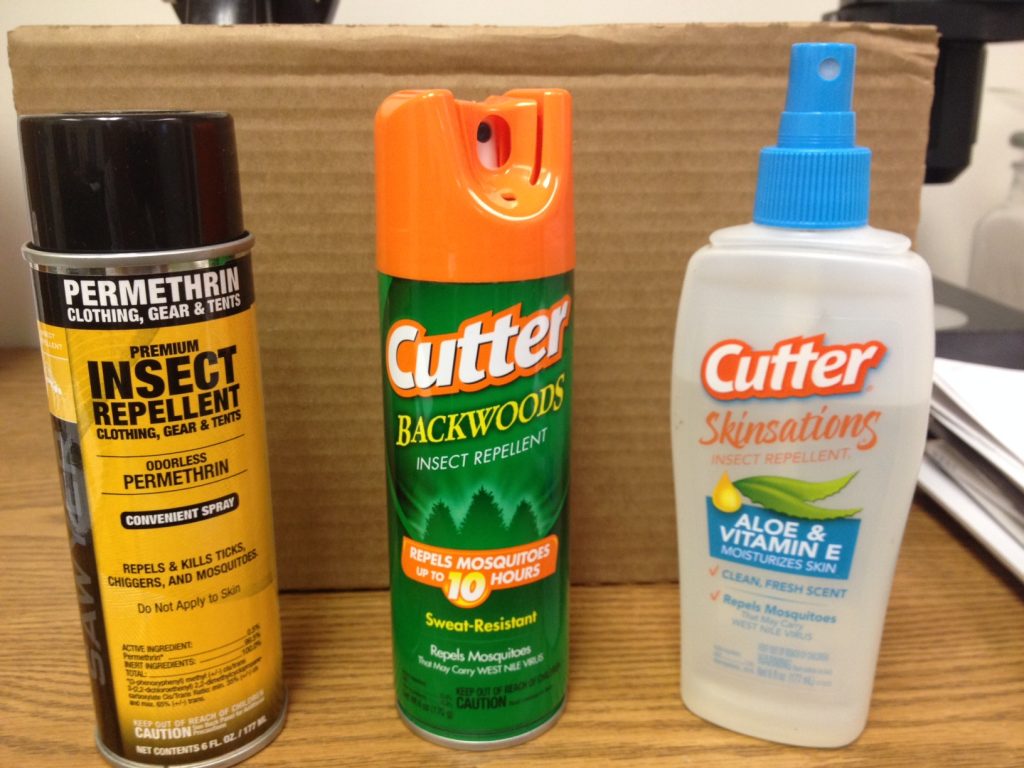During the recent Farm Science Review I was given the opportunity to speak at the Gwynne Conservation Area on a topic of my choosing. The guidelines were that it had to be Natural Resources focused as that is what that area deals with. I have been doing some Food Plot stuff here in county so it seemed natural to pick that topic for the Gwynne.
Here is an overhead view of where I will plant. Not a bad spot, not a great spot. It has water although you cannot see it, but Deer Creek runs right behind it and a pond is right in front. It has some trees but no good mast trees and not enough soft edges. Site selection of plots is paramount, and cover is as important as food. As the saying goes “they will visit if there is food, they will stay if there is cover”

I will plant in the spot that has birdhouses
So here is the spot I will get to use. It was a weed choked wasteland, but was burnt down with glyphosate and lightly tilled.

And a wild game seed mix was broadcast by hand on to the top of the soil. Not a bad seed choice by variety: some rye, triticale, clover, oats and forage rape(a brassica). That is cold hardy with nitrogen fixing, protein and some cereal grains. Deer and Turkey will love it.

This was done around August 1st. Then it basically got hot and forgot to rain for weeks. When I would go back to look at the plot I would see dry seed getting gobbled up by birds. A soil test was done but was misplaced and turned in only a week before the Review. No biggie, I did not have the funds to fertilize, was more interested in seeing what the soil looked like.
Here is the soil test.

Yikes that is a crazy soil test. Totally different than what I see in Hocking. High pH with increased calcium and magnesium. Not a ton of fertility and a low organic matter percentage. Basically we planted in poor soil, did not fertilize, did not use herbicides and planted at the wrong time. I basically did everything wrong. And it showed.

Too bad deer and turkey don’t love foxtail, thistle, milkweed and wild parsnip. I did see some cool stuff in there though, like the Monarch caterpillars on the milkweed.

And the Black Swallowtail caterpillars on the wild parsnip(they like everything in that family of plants – celery, parsley, carrots, dill, etc..)

It was a successful class as I used this opportunity to show what NOT to do and quite honestly that can be just as effective. Next year I think I will do it a little differently. Maybe do half correct and half incorrect, I have the incorrect part down pat.
Let me know if you want to incorporate a wildlife plot on your land. It is probably too late to get going planting from scratch, but not too late to plan and do site evaluation. In fact fall is the perfect time for that.






































